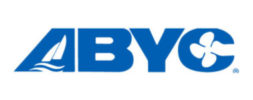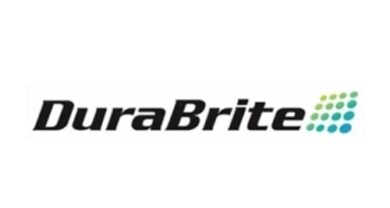TeqNiq expands manufacturing capabilities

TecNiq Inc., an LED lighting company, announced they have added five new injection molding machines to their new production facility in Galesburg, Mich. The move comes over increasing concerns of tariffs and higher priced trade goods.
In 2004, Jeff Condon and Mark Pruss, co-founders of TecNiq Inc. developed the company to create what they term as the “Most efficient and cost saving LED product available.” TecNiq’s LED products are primarily sold as a lighting solution for fleet trucks, emergency vehicles, construction trailers and other light duty trailers, heavy duty equipment, as well as for boats and boating trailers.
Today, TecNiq has incorporated Toshiba plastic injection molding machines to amp up their proprietary lens manufacturing. The injection molding machines along with Sepro 5 axis robots, and a Novatec central material handling/drying system are at the heart of the new set up.
“The injection molding machines were chosen because of their precision, and being all electric with the latest servo design, they are very energy efficient,” Travis Arbogast, manager of the injection molding department said. “The Sepro’s are fully programmable with 5 axis movement, which makes them able to manipulate parts for removal from the molds, degating and packing as well as automation and insert molding. The Novatec material handling system is a fully expandable system that has the latest technology for proper drying and conveying of the plastic resin.”
With the continued pressures from the current administration on overseas products, this move has helped bring a key component of TecNiq’s productions to the U.S. The company believes that by bringing the machines in-house, they will be able to offset some of the potential new tariffs. The new injection molding machines have helped TecNiq to reduce onsite inventory, and number of goods in transit, while allowing quicker turn-around times and higher internal quality control.
TecNiq’s investment into the plastic injection molding complements further their 3D printing capabilities. Now, company officials state, they can go from a 3D printed prototype into production products in just over four weeks’ time in some cases - with an increase in quality because of the ability to immediately address any part or tool issues.




